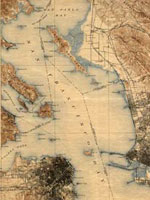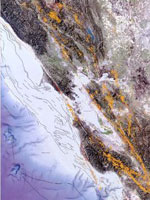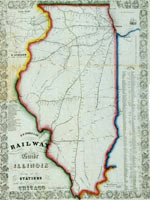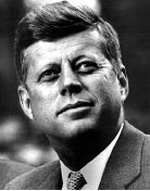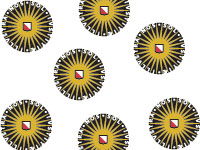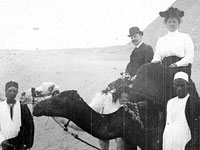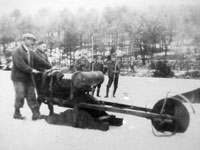The National Museum of Natural History, as stated on its website, "inspire[s] curiosity, discovery, and learning about nature and culture through outstanding research, collections, exhibitions, and education."
Natural history. That probably doesn't sound particularly useful to a teacher of history, which is so often centered on humanity, rather than the earth. That said, don't write the NMNH off without giving it some thought. True, many of the offerings are decidedly scientific. However, the museum includes anthropology alongside biology and geology.
Be sure to take a look at the virtual exhibits. More than 30 topics are presented, with highlights including Alaska Native Collections: Sharing Knowledge, Camping With the Sioux: Fieldwork Diary of Alice Cunningham Fletcher, Lakota Winter Counts, and Lewis and Clark: Mapping the West.
The museum also provides a variety of lesson plans, for use in the classroom and during field trips. Also, consider looking into the teacher and classroom resources under "Human Culture and Diversity." Resources range from bi-annual anthropological research publications (including teaching activities and methods) to the National Museum of Natural History's anthropological collections.
Speaking of anthropology, the department provides 24 online exhibits and three databases, including the museum collections.
Workshops provide an opportunity for educators to focus on specific topics of interest.
If you live in the DC area, consider planning a field trip. Hands-on learning opportunities are in no short supply!
